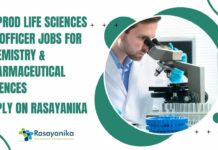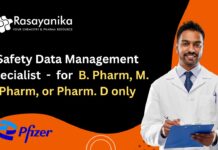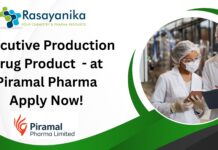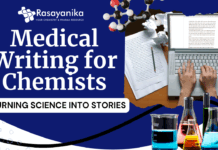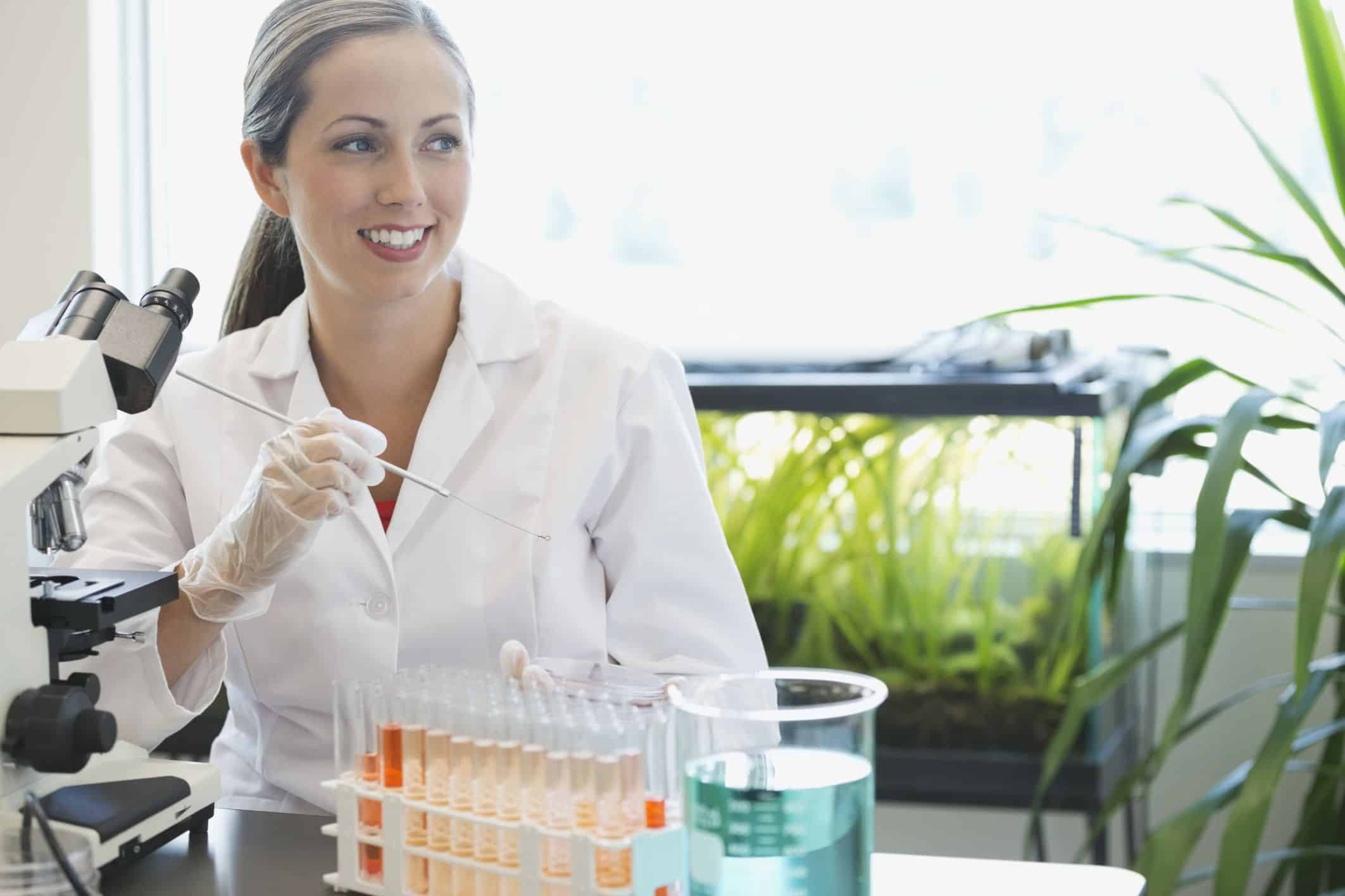It’s pretty much as easy as having a big wad of cash and asking a company to make it for you. Given the number of contract manufacturing organizations (CMOs) out there, you can pretty much pay anyone to make anything (as long as it’s not too illegal; they do have some safeguards to prevent someone from ordering anthrax).
Now the question is how do you do this correctly and efficiently without presenting unnecessary harm to patients.
If you look at the methods sections of some notable Phase I trials run by small non-profits, they’ll do exactly that. The NIAID Ebola ChAd3 vaccine was originally made by a CMO, in this case Vical [1]
The vaccine was produced by Vical, Inc. (San Diego, CA), under current Good Manufacturing Practices conditions and met lot release specifications prior to administration.
So there are a huge number of CMOs that will just make your drug for you and the best way to identify them is to look at what similar companies have done to produce the drug
of interest. CMOs will offer different levels of production depending on the Phase of the clinical trial.
Generally speaking, the major phases of cGMP production of drug substance are similar to the scale and vigor of the clinical trials. The first stage is First in Human (FIH) when the drug substance is put into humans for the first time. Afterwards, you would have process development and process characterization during Clinical Manufacturing. Once the Phase III trials are complete along with locking in your process, you will go toCommercial Manufacturing. All three phases require different sets of skills since the requirements of costs, speed, and quality differ. In addition, the passage of knowledge from one stage to the next requires an element of Tech Transfer to ensure that the knowledge and risks of each step are passed one to ensure that your drug doesn’t change over the course of its lifecycle.
Now that you have an understanding of how drug manufacturing is done at the various stages, it’s useful to understand how to ensure a successful tech transfer.
The most important thing to have is the Target Product Profile (TPP) to give to your CMO. What many non-chemist/chemical engineers don’t recognize is that it’s impossible to synthesize a molecule with 100% purity at scale. Secondly, the molecule is only the drugsubstance and not the drug product. The product includes all of the filler, salts, and packaging that come with the rest of the pill and those have an impact on the behavior of the drug once it goes into the body.
The TPP determines what is important. If you have to sacrifice the ability to take a pill for an injection to ensure that the safety profile is ok, it’s documented. Conversely, if your 3rd world country drug needs to be in a pill form, you can make the dose higher. The TPP essentially says in words This is what I want my drug to look like.
An example Target Product Profile
This TPP is then followed up by a Quantitative Target Product Profile (QTPP). This basically quantifies the TPP if it isn’t already done so. More importantly it allows you define the Critical Quality Attributes (CQAs) of your drug to make sure that the drug has the properties that make it the drug that you want. Namely, these CQAs are quantitative measures that ensure that your drug is safe and efficacious. The FDA and the ICH have guidance documents and recommendations that discuss what they would expect to have to demonstrate the two. [2]
An important thing to recognize is that CQAs have two things associated with them.
- They have a range
- They have an assay
Generally speaking (especially if you’re an academic) when you start your clinical trials, you won’t have either one of these things. As a result, before you start to tech-transfer you’ll you need to develop surrogate tests to quantify your drug. The common mistake that occurs from the preclinical to clinical tech transfer is to demand that the drug is as pure as possible. It’s actually better to have some acceptable impurities since it gives you a better understanding of the true risks of the drug as well as facilitates successful scale-up. The general rule of thumb is that you can always tighten a CQA but it’s very hard to expand it without rerunning a clinical trial. The same logic from patent law applies here; claim as much as you realistically can, be prepared to reduce the scope.
What agencies want to see is that the preclinical work was performed using representative a drug as what will go into a human. Measuring things like pH, osmolality, purity, color, structure all have an impact on safety and efficacy. If not all of the CQAs are defined, a good gap closure is to outsource that to a contract research organization (CRO) to develop, qualify, and validate a new assay for you.
Now that you have preliminary CQAs, you can start your tech transfer. The goal of FIH is to quickly develop a scaleable process to generate drug substance that falls within your CQAs. This will start with a lot of small-scale work to develop a process followed by scale-up to a larger clinical-scale process. Generally, FIH will try to use as many platform technologies as possible since the primary objective is speed. With the advent of disposable technologies, this process can be done much faster since they can use orthogonal methods to examine a variety of conditions. With this work, a FIH team will develop an initial sense of what process variables have an impact on the CQAs. Generally, FIH will take around 12-18 months before a drug substance is ready to go into humans.
Assuming that the Phase I trial went well, you can begin your process development and process validation work. In addition to the needs of supplying your clinical trials, you need to start to develop the quality package that will be needed for submission to the agencies for drug approval. With your process development, you are working on defining the process variables and steps required to make drug substance that falls within the previously defined CQAs. The current GMP (emphasis on current) strategy is to use aQuality by Design (QbD) approach to develop the process. Through a risk assessment, you can look at the process and through the experience of the FIH or scientific experience, you can grade the likelihood that a certain process variable will have an impact on a certain CQA. If that process variable is considered a high risk, then you would include it as a variable to study during your process characterization.
Process characterization is performed to understand the impact of a process variable on the process to ensure that an effective and robust process control strategy is in place. Part of that process control strategy is to have in place, levels of alertness. If a process variable is known to have a large impact on the CQA, it should be treated with greater alarm than a minor process variable. Like CQAs, you will have defined process parameters with a range and an assay.
Once that process development and characterization is done, you can scale-up the process to your production-scale manufacturing. To demonstrate successful scale-up, you will run a Process Qualification (PQ) that examines the process against the process parameters and CQAs that have been defined in the process characterization. The material that is produced during your PQ can be used for your Long Term Stability Studies (LTSS) that will be used to determine the shelf life of your drug product. As this material is the material that will generally be used for your Phase III trials, the FDA will want to see comparability between this material and the material to be produced during commercial manufacture.
An important point is that almost all of this work can be done by a CMO. Generally at this point, if you’ve reach a Phase III trial, a larger drug development company like Pfizer/Allergan or Valeant would have bought you out given the new model of drug development. Using some of the more aggressive process development schedules I’ve seen, this will take around 3-5 years. [3]
One thing that should be noted, is that this process development process validation workflow is shared by nearly all cGMP industries. NASA and SpaceX are legendary for their dedication to using risk assessments and QbD. GE and Motorola use Six Sigma. Japanese companies use Kaizen. Boeing uses everything. This is why Samsung, a company known for cGMP, was able to go into biologics manufacturing with relatively good success. A huge criticism of Theranos was that went to market without doing any of this despite being well aware that its a minimum expectation since it was trying to be “innovative”. As the Elon Musk companies have demonstrated, it is very possible to generate innovation while following general expectations of quality assurance and control.
Assuming that by this point, you’re still not in a long term contract with another pharmaceutical company and you’re still decided to retain control over all of your drug manufacturing and you’ve been against the concept of building your own facility to make this drug at a lower price [4] , you can still work with a CMO to supply your commercial demands.
The principle difference between contract commercial manufacturing and process development is an increased emphasis on costs and production volume vs. speed and quality. [5] [6] Much of the challenge of commercial manufacturing is to reduce the occurrence of an Out-of-Specification (OOS) where your drug substance or product falls out of a CQA resulting in lot rejection. Furthermore, you want to ensure that the CMO doesn’t drift away from the process parameters that were presented to the agencies requiring extensive lifecycle management.
This is made possibly by having a successful tech transfer from your process development teams from clinical manufacturing to your commercial manufacturing team. As such, your responsibility is to make sure that the process characterization knowledge is fully handed over to the new team and that you have sufficient quality programs to keep your process under control. As the customer, it is important to ensure that your process will continue to pass regulatory audits. As such, you should have a continuous process validation strategy as well as several self-audits.
If a major process change needs to take place (to stay with cGMP or to boost productivity) there is a lifecycle burden to roll out the new changes as the market gets fragmented. Thus, having a good product management system in place to ensure that the drug continues to get to patients around the world since these regulatory updates can take a couple of years.
So there you have it, you should be able to manufacture your drug without ever needing to work directly with a pharmaceutical company and only working through contract manufacturing organizations. This should only take you ~5-10 years and ~$1 billion.







